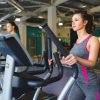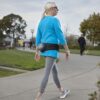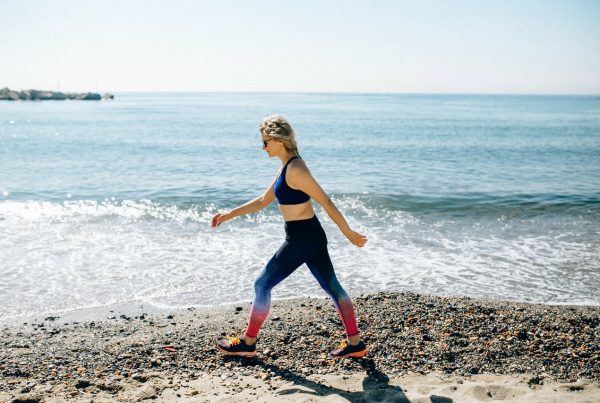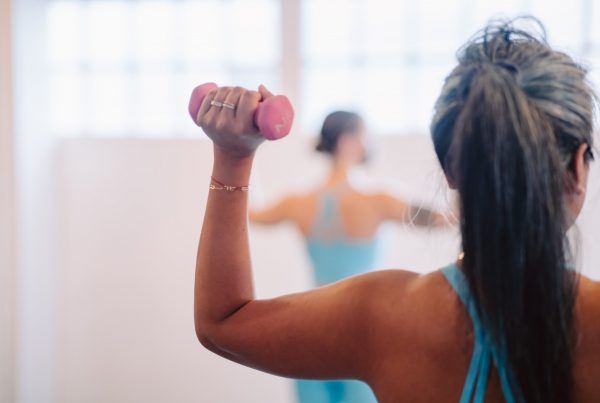One of the latest longevity crazes is bathing in icy cold water. But is it really good for everyone. Well the jury is out. Many experts warn taking ice baths may be helpful to men’s health outcomes, but warn that most women may need to rethink ice baths and cold plunges. Here’s why.
Why Women Shouldn’t Take The (Cold) Plunge
Environmental exercise physiologist and PhD in heat and heat research, Dr. Stacy Sims, PhD, is well-versed in how temperatures can affect the body, depending on your sex.
Speaking on the different ways men’s and women’s bodies may react to the cold, Dr. Sims first explained to author Mel Robbins that she views environmental factors and exercise as a stress response – “what kind of stress it puts on the body.”
With that, she further explains that when women get into ice-cold or cold water, their body experiences a severe and strong stress response – much stronger than a male’s response,
“Her body goes into more of a shutdown phase where it invokes a sympathetic drive and it doesn’t create the metabolic changes that we see with men.”
Men and women’s bodies are different… dah
These metabolic changes can include fat burning, increased white blood cells, which is great for your immune system, and a higher state of alertness. Unfortunately, for women, ice baths can be too cold to invoke these responses, and that’s because of the differences in our skin.
Speaking to Steve Bartlett, Dr. Sims describes how women have more subcutaneous fat and more fat under the skin, so they tend to vasoconstrict and vasodilate first.
“With cold plunges, there’s too much constriction; it becomes too much of a threat to women, and so their bodies don’t have the same response to ice water.”
She goes on further to tell Dr. Andrew Huberman, tenured professor of neurobiology and ophthalmology at Stanford University School of Medicine, that when working with open water swimmers who are going to do a long swim in cold water, she has them do cold water exposure,
“This is to get them habituated to that initial severe constriction activity that they don’t want to happen before a race.”
What about heat?
While she may not be a fan of freezing exposure, Dr. Sims explored the benefits of heat exposure when speaking to Mel Robbins on an episode of The Mel Robbins Podcast.
“Women can tolerate heat a lot more than men,” reveals Sims, “A woman can sit in a sauna for up to 20 minutes or so, not sweating yet absorbing heat.”
She further explains that a woman’s body is experiencing a heat shock protein response whereby small proteins uncouple and then rebuild, creating cellular changes that trigger better muscle responses.
Hormone responses to heat
“The muscles can use glucose a lot better, can use fat a lot better, and we’re also increasing blood flow to the brain and improving our blood vessels,” shares Sims. She further adds that the body responds to constriction and dilation a lot faster, which is important as once women become perimenopausal, they start experiencing blood pressure problems.
Speaking of menopausal effects on the body, Sims told Dr. Huberman that by adopting heat exposure, women send a stronger stimulus to the hypothalamus, and they’re also getting better serotonin production from the gut.
“As we have 95% of our serotonin produced from the gut, this lends to better temperature control and shuts down hot flashes.”
As for thermoregulatory differences, Sims told Steve Bartlett on The Diary of A CEO that women can spend more time in the heat before they start to get changes in their hormone responses and blood volume adaptations,
“I kind of laugh, but my husband will come in with me in the sauna, and I’ll sit there for like 10 minutes and not sweat yet. And he’s like pouring, he’s like, ‘I gotta get out’,” she says, adding that it takes her between 20 and 30 minutes to get the same response.
What’s the best temperature?
While she may not be a fan of extreme cold for women, Dr. Sims does share that there are ‘chilly’ temperatures that can trigger the same biological responses in women that men receive when doing cold therapy.
“15 to 16℃, or around 55 °F, is the optimal temperature for women to experience the same effect that men have with ice.”
“It’s enough to offset that severe constriction of survival, but it’s also cold enough to invoke all the changes that we want with cold water exposure,” she tells Dr. Huberman,
As for heat therapy, Dr. Sims told Robbins that if you have access to a sauna, she recommends that women sit in it for 10 to 15 minutes twice a week. This will help you reap some great health benefits that include better cardiovascular health, due to better blood flow, and better blood pressure.
Want to know more?
While the jury may still be out on how women can benefit from cold therapy, one study has suggested that a specialized form of heat therapy treatment may help in the fight against cervical cancer.
Who is Dr. Stacy Sims?
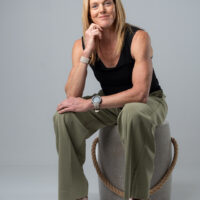
Dr. Stacy Sims
Dr. Stacy Sims is an exercise physiologist, nutrition scientist, author, and women’s health and fitness advocate.
Sims continues to work towards her vision of a better world, a world of healthy women who understand and know how to work with their bodies.
By harnessing the power of intentional physical movement with carefully applied external stressors (intensity, strength training, impact), she believes that we’ll be able to live long, healthy, independent lives from our teen years through midlife and beyond.


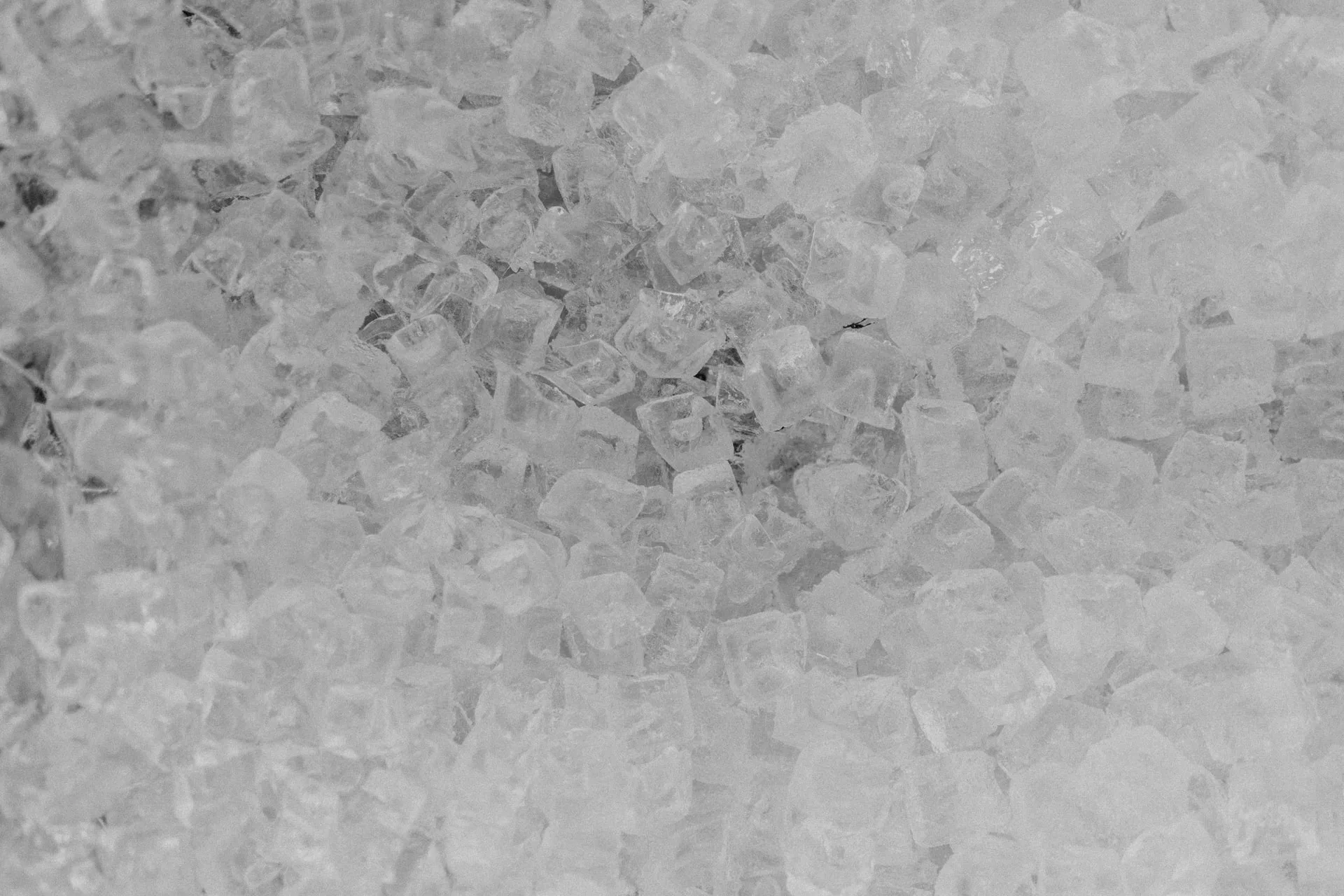
![women [longevity live]](https://longevitylive.com/wp-content/uploads/2020/01/photo-of-women-walking-down-the-street-1116984-100x100.jpg)

